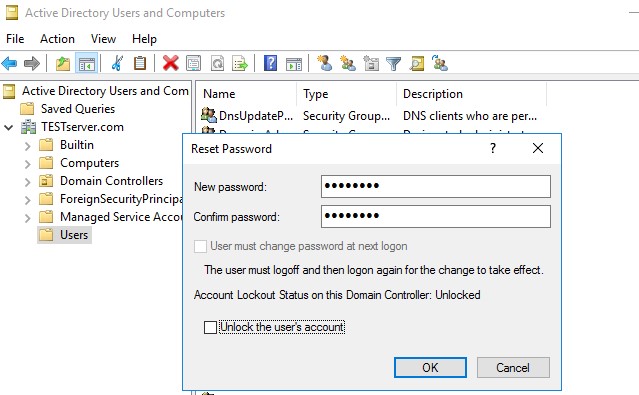Easily Import Users into Active Directory with These Proven Methods
Easily Import Users into Active Directory with These Proven Methods
Blog Article
Streamline Your IT Operations with Powerful AD Management Tools
Controlling customers within an Productive Listing (AD) environment is a important job for IT administrators, and one of the very most popular procedures is importing consumers into the directory. Whether you're onboarding new employees or migrating from yet another process, an efficient and streamlined person ad user password reset for sustaining a healthy and arranged AD structure. In that step-by-step information, we'll go through the best techniques for importing customers into Active Listing, ensuring precision, protection, and efficiency.
Stage 1: Prepare the Consumer Knowledge
Before posting consumers into AD, it's critical to get ready the required data. That usually involves person titles, e-mail addresses, cell phone numbers, sections, and other relevant attributes. The very best exercise is to employ a structured format, like a CSV (Comma-Separated Values) record, to arrange and store the consumer information. Make certain that each order in the CSV corresponds to an AD feature (e.g., First Name, Last Title, Username, etc.).
Pro Hint: Double-check the information for accuracy. Problems only at that stage may cause problems throughout the transfer process and create troubles down the line.

Stage 2: Select the Correct Import Method
There are many ways to import consumers in to AD, based on your preferences and accessible resources. For smaller groups, guide import using Active Listing Users and Computers (ADUC) may suffice. However, for larger datasets, automation tools like PowerShell texts or third-party methods may save your self time and lower errors.
PowerShell is certainly one of the most used practices for importing users. Using its strong scripting capabilities, you are able to import consumer information from CSV files and produce consumer reports in bulk. Also, PowerShell lets you customize consumer attributes throughout the transfer process, rendering it ideal for complex environments.
Step 3: Set Up Organizational Items (OUs)
Organizational Devices (OUs) are used to manage consumers within Productive Directory. It's most readily useful training to make a well-structured OU hierarchy before publishing users. It will help streamline management tasks such as for example party procedures, accessibility regulates, and reporting.
When importing consumers, designate them to the correct OUs centered on their division, role, or location. This not only keeps your AD arranged but additionally ensures that specific party guidelines and permissions are applied correctly.
Stage 4: Transfer the Customers
After the data is prepared and OUs are set up, you are able to begin the import process. If applying PowerShell, the script will browse the CSV file and create individual accounts in AD based on the offered attributes. You are able to include additional possibilities, such as for instance setting code procedures, permitting reports, or adding customers to specific organizations, relying on your organization's requirements.

Realization
Effortlessly posting users in to Effective Directory involves careful preparing, exact data planning, and the right tools. By following this step-by-step manual, IT administrators may guarantee an easy and prepared import method, reducing errors, increasing safety, and sustaining a clean and structured AD environment. Whether applying handbook strategies or automated instruments, the main element to accomplishment is based on preparation, affirmation, and constant management. Report this page